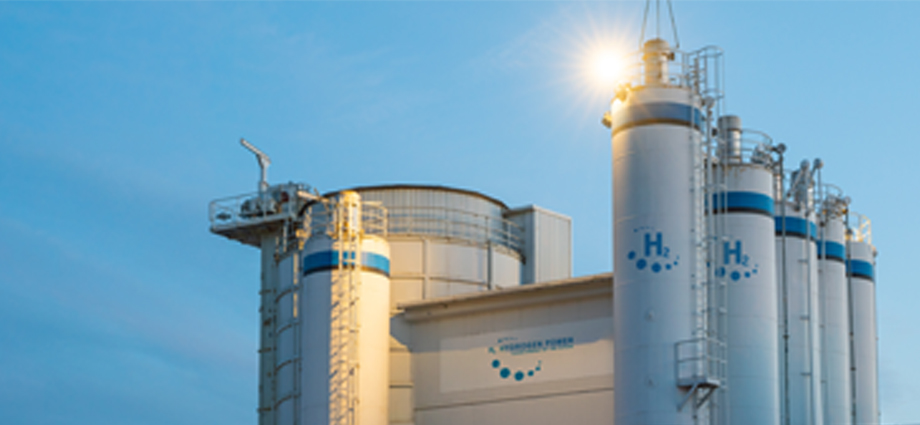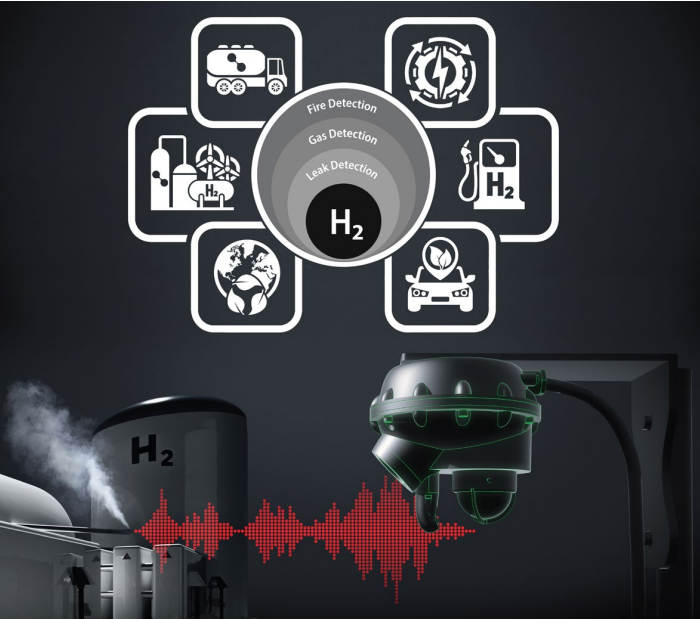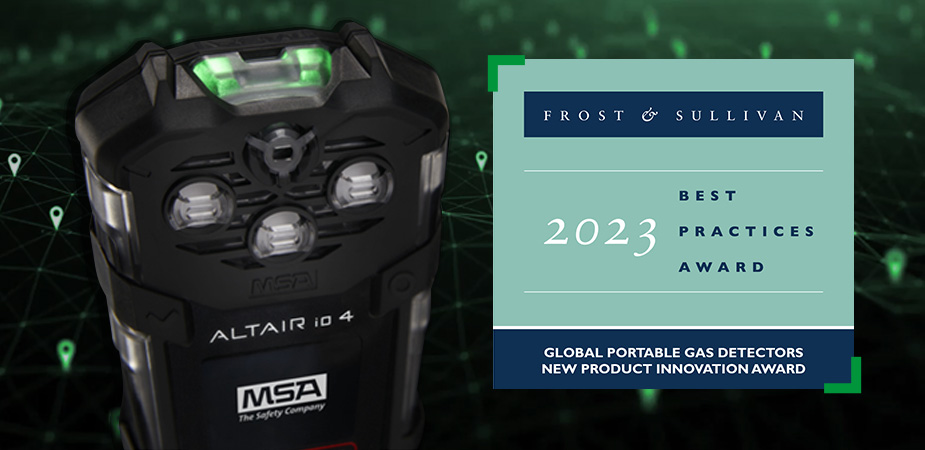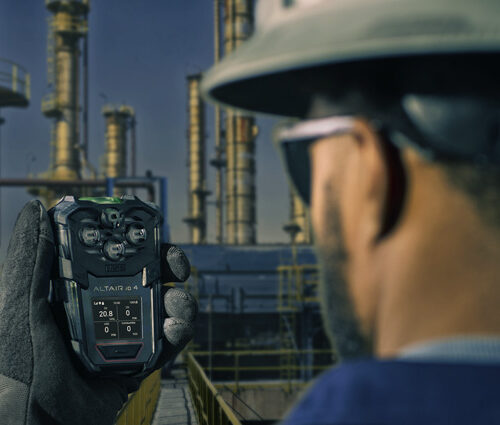
Hydrogen (H2), the lightest and most abundant element, exhibits key properties that contribute to its versatility and potential as a clean energy source. It is a colorless and odorless gas with high flammability. With low density and high thermal conductivity, hydrogen holds promise for various applications.
In the quest for cleaner energy alternatives, hydrogen has gained significant attention for its potential to contribute to a more sustainable future. Yet, as we explore the possibilities offered by hydrogen, it’s crucial to recognize and address the potential hazards, specifically those associated with gas leaks. This post takes a closer look at the challenges posed by hydrogen leaks, highlighting the risks involved and underscoring the need for precautionary measures to ensure the safe adoption of hydrogen technologies.
The Hazards of Hydrogen Gas Leaks
1. Flammability
Hydrogen’s most notorious characteristic is its high flammability. Even in small concentrations in the air, hydrogen can form explosive mixtures with oxygen, posing a significant threat of fires or explosions.
2. Invisibility
The visible light emitted by a hydrogen flame is relatively weak, making the flame nearly invisible to the naked eye. Adding to the challenge is hydrogen’s colorless and odorless nature. Unlike some other gases, hydrogen provides no visual or olfactory cues to indicate its presence, making leak detection a complex task.
3. Diffusion
Hydrogen has a remarkable ability to diffuse rapidly. In the event of a leak, hydrogen can spread over large areas, making containment and control challenging, especially in open spaces.
4. Material Embrittlement
Prolonged exposure to hydrogen can lead to the embrittlement of certain materials, particularly metals. This poses a risk to the structural integrity of pipelines, storage tanks, and other infrastructure.

Working Safely with Hydrogen: Understanding layered gas detection and fire prevention technologies
DOWNLOAD THE WHITEPAPERPreventive Solutions – Advanced Leak Detection Systems
The cornerstone of prevention lies in advanced leak detection technologies. Hydrogen gas and flame detectors offer real-time monitoring, ensuring the swift identification of leaks for prompt responses. We recommend a layered approach to fire and gas protection. Utilizing a combination of diverse yet complementary technologies, facilities can cover a broad spectrum of detection methods, encompassing ultrasonic, traditional gas, and flame monitoring.
These technologies may include:
- Ultrasonic leak detection: Unaffected by wind or plume direction; ideal for monitoring pressurized pipes and vessels
Recommended MSA products: Observer-i Ultrasonic Gas Leak Detector
- Point gas detection: Well-suited for low and combustible hydrogen levels; options of catalytic bead or electrochemical, depending on the protection area
Recommended MSA products: ULTIMA X5000, General Monitors S5000
- Hydrogen flame detection: Best for monitoring ultraviolet (UV) and infrared (IR) radiation; provide a warning to deploy fire suppression and other safety measures
Recommended MSA products: FL500-H2 UV/IR Flame Detector
- Portable gas detection: Enables workers to access areas where fixed sensors are not installed, such as in a confined space
Recommended MSA products: ALTAIR io4
Conclusion: As we embrace hydrogen as a key player in our transition to a sustainable energy future, it is imperative to address the hazards associated with gas leaks proactively. By investing in advanced detection technologies, along with robust infrastructure design, stringent regulations, education, and strategic planning, we can unlock the full potential of hydrogen while helping to ensure the safety of both people and the environment. The journey towards a hydrogen-powered future requires a comprehensive approach that combines innovation, awareness, and a commitment to safety.






